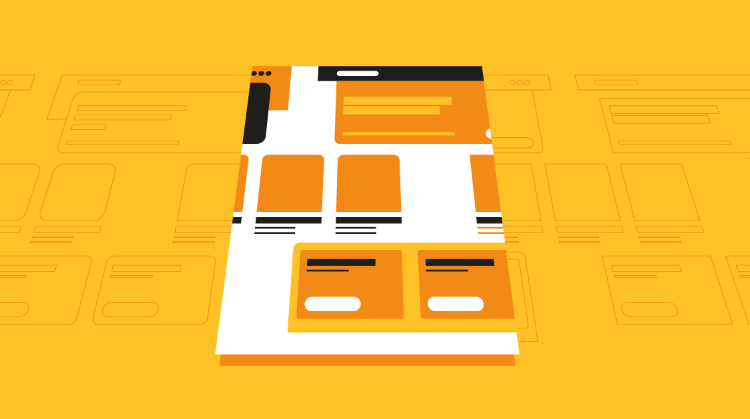This article covers the transformative power of personalization in business, highlighting its significance in enhancing user experiences, driving conversions, and gaining a competitive edge. Here’s a structured version of your article, with an engaging introduction and a clear breakdown of the key sections:
Unlocking the Power of Personalization: A Guide to Elevating Customer Engagement and Business Success
Everyone loves a personalized experience. We all want to feel like the products and services we encounter are tailored exclusively for us. Personalization has revolutionized our interactions with technology, from receiving relevant product recommendations to enjoying customized news feeds. This transformation has made our digital journeys more engaging and meaningful.
In this article, we will explore the concept of personalization, its importance for modern consumers and businesses, essential elements for effective personalization, challenges and ethical considerations, and actionable strategies to seamlessly integrate personalization into your business model.
What is Personalization?
Personalization involves customizing experiences, content, products, or services to meet the specific preferences and needs of individual customers. It leverages data and technology to deliver targeted interactions, making customers feel valued and understood. Personalization can manifest in various ways:
- Personalized product recommendations on ecommerce websites
- Customized content in social media feeds
- Individualized email marketing campaigns
- Tailored user interfaces in mobile apps
Why is Personalization Important?
Personalization is crucial for measuring business success and achieving several key benefits:
- Enhanced User Experience: A survey by Accenture found that nearly 50% of consumers abandoned a company’s website after encountering a poor experience. Personalization creates a more engaging user experience, increasing the likelihood of customers staying on your website and making purchases.
- Improved Customer Satisfaction: Relevant content and personalized recommendations make customers feel valued, fostering loyalty and positive word-of-mouth referrals.
- Increased Conversions and Revenue: Customized experiences and targeted offers lead to higher conversion rates and repeat purchases, helping to address cart abandonment issues and contributing to steady revenue growth.
- Competitive Advantage: Embracing personalization allows you to stay ahead in a crowded market, make data-driven decisions, and build a distinct brand identity.
Elements of Personalization
Effective personalization involves several key elements:
- Web Personalization: Customize website content, product recommendations, and user interfaces based on customer data to enhance user engagement and reduce bounce rates.
- Content Personalization: Deliver personalized content such as articles and blog recommendations by analyzing users’ interests and behaviors. Audience segmentation and A/B testing are crucial for optimizing content strategies.
- Ecommerce Personalization: Enhance the shopping experience with personalized product recommendations, dynamic pricing, and cart abandonment recovery strategies to drive sales and customer loyalty.
- Marketing Personalization: Utilize customer data to create detailed profiles and deliver relevant communications across preferred channels, mapping out customer journeys to identify personalized touchpoints.
Challenges and Considerations
Personalizing experiences involves navigating several challenges:
- Data Privacy and Security: Ensure ethical data practices, comply with privacy regulations, and use first-party data to build trust with customers.
- Filter Bubbles and Diverse Perspectives: Mitigate filter bubbles by offering varied content and perspectives, promoting critical thinking and a well-rounded user experience.
- Complex Personalization Efforts: Streamline personalization with digital experience platforms (DXPs) like Magnolia, which simplify integration and management of personalized experiences.
Strategies for Successful Personalization
To effectively implement personalization, consider the following strategies:
- Data-Driven Approach: Use customer data platforms for structured data management and transparency about data usage.
- Automation and AI: Leverage automation tools and AI algorithms to analyze data, make personalized recommendations, and continuously improve personalization efforts.
- Testing and Optimization: Conduct A/B tests and gather user feedback to refine personalization strategies and enhance user satisfaction.
- User-Centric Design: Focus on creating intuitive, accessible, and valuable experiences by understanding user needs and preferences.
Conclusion
Personalization is a powerful strategy that can transform customer engagement and drive business success. By delivering tailored experiences and relevant content, you can enhance user satisfaction, boost conversions, and gain a competitive edge. Adopting a data-driven approach, leveraging automation and AI, and embracing user-centric design are key to successful personalization.
Ready to elevate your personalization efforts? Download our whitepaper, Blueprints for Deep Personalization, to unlock the full potential of this game-changing strategy.





